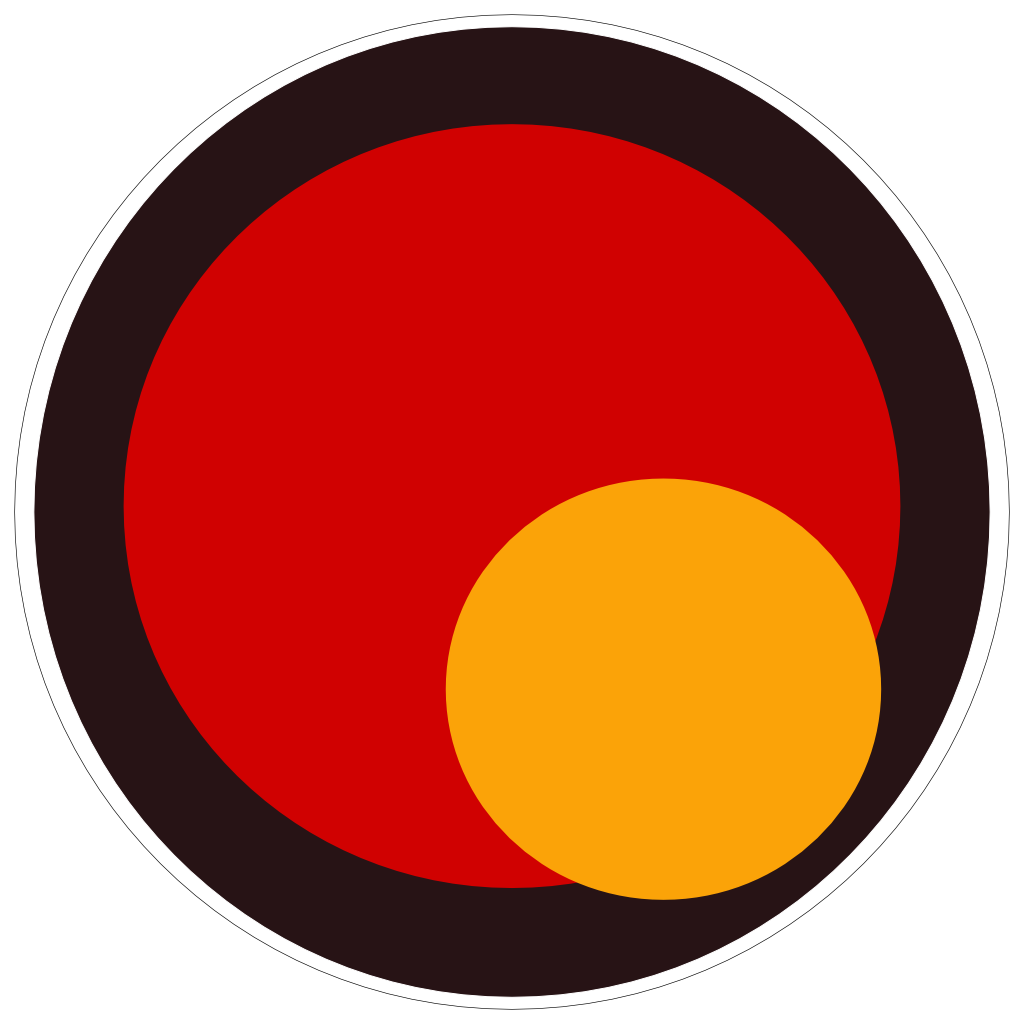Choosing the Best Guide Scope
To achieve those sharp, deep sky images, accurate tracking during long-exposure sessions is essential. A significant component of this precision is the autoguiding system.
So, how does one determine the best guide scope for their specific setup? Let’s delve deeper.
The Basics of Autoguiding
Autoguiding’s main role is to ensure that the telescope tracks celestial objects with pinpoint accuracy over extended durations.
- Main Camera: This is responsible for capturing the primary deep sky object, from nebulae to distant galaxies.
- Guide Scope and Camera: These operate together to monitor a selected guide star. If any tracking deviations are noticed, corrections are relayed in real-time to the mount.
Understand the Desired Pixel Scale for Guiding
First and foremost, it’s important to recognize that the guiding pixel scale doesn’t need to be as precise as the main imaging pixel scale. In fact, a guiding pixel scale that’s 1 to 3 times coarser (larger in value) than the imaging pixel scale can still offer accurate guiding for most setups. This is because guiding doesn’t aim to achieve the finest image resolution but rather to correct mount errors in real-time.
The Importance of Pixel Scale
Pixel scale, often represented in arcseconds per pixel, signifies how much of the sky each pixel of your camera covers. It’s determined by both the camera’s pixel size and the focal length of the attached telescope. The formula is:
Pixel Scale (arcsec/pixel) = 206.3 * Pixel Size (microns) / Focal Length (mm)
Generally, the pixel scale of the guiding system should be close to or a bit larger than the main camera. A guiding pixel scale between 1 to 3 times the main camera pixel scale is often ideal.
Example: Let’s consider the ZWO ASI1600MM Pro camera with a pixel size of 3.8 microns. If this camera is paired with a telescope having a focal length of 1000mm, the pixel scale is:
Pixel Scale = 206.3 * 3.8 / 1000 = 0.783 arcsec/pixel
The number 206.3 in the pixel scale formula is a constant derived from the conversion between radians and arcseconds. It is used to translate the physical size of a pixel on a camera sensor into an angular size on the sky.
Guide Scope’s Focal Length
Based on the main imaging pixel scale, decide on a guiding pixel scale that’s 1 to 3 times coarser. For instance, if your imaging pixel scale is 1 arcsec/pixel, aim for a guiding pixel scale between 1 to 3 arcsec/pixel.
The guiding pixel scale between 1 and 3 times the imaging pixel scale has been derived from both theoretical considerations and empirical results. The 1-3x range provides a balance that can effectively detect genuine errors without being overly sensitive.
Once you’ve settled on the desired guiding pixel scale and you know the pixel size of your guide camera, rearrange the pixel scale formula to solve for the focal length:
Focal Length (mm) = 206.3 * Pixel Size (microns) / Pixel Scale (arcsec/pixel)
Relationship Between Imaging and Guiding Systems
To comprehend the relationship between your main imaging system and the guiding system, you can use the formula:
Ratio = (Focal Length Telescope / Focal Length Guide) * (Pixel Size in Guide Camera) / (Pixel Size Main Camera)
This ratio effectively juxtaposes the resolutions and scales of both systems. Here’s a breakdown of the results:
- Around 1: The resolutions of both the imaging and guiding systems are approximately equivalent.
- Greater than 1: The guiding system offers a coarser resolution than the imaging system.
- Less than 1: The guiding system provides a finer resolution, which may be excessively sensitive.
A value less than 1 can be overkill and might lead to the issue of “chasing the seeing” where the guide system is overcompensating for natural atmospheric disturbances rather than genuine tracking errors. This overreaction can result in an image that’s less than perfect.
Example: Imagine using a primary telescope with a 2000mm focal length and a camera with 4-micron pixels. If the guide scope has a 400mm focal length and the guide camera has 2-micron pixels, the ratio becomes:
Ratio = (2000 / 400) * (2 / 4) = 2.5
This means the guiding system has a resolution that’s 2.5 times coarser than the main imaging system.
Conclusion
Understanding and selecting the appropriate guide scope and guiding camera is paramount. While mathematical guidelines offer a valuable starting point, hands-on experimentation and fine-tuning in real-world scenarios are just as crucial.
As with all artistic endeavors, astrophotography demands both precision and a touch of intuition.
